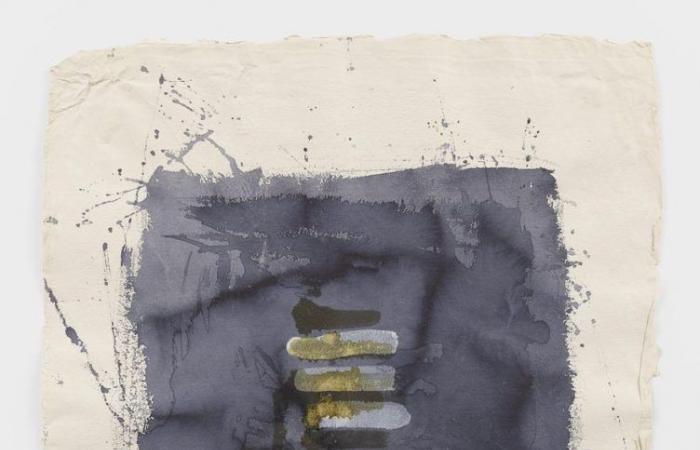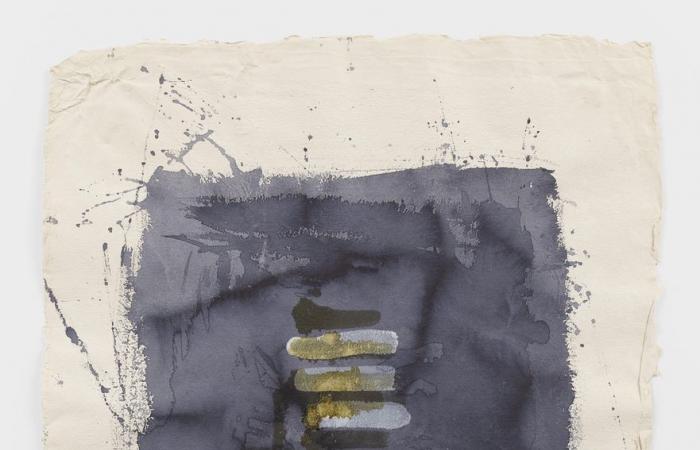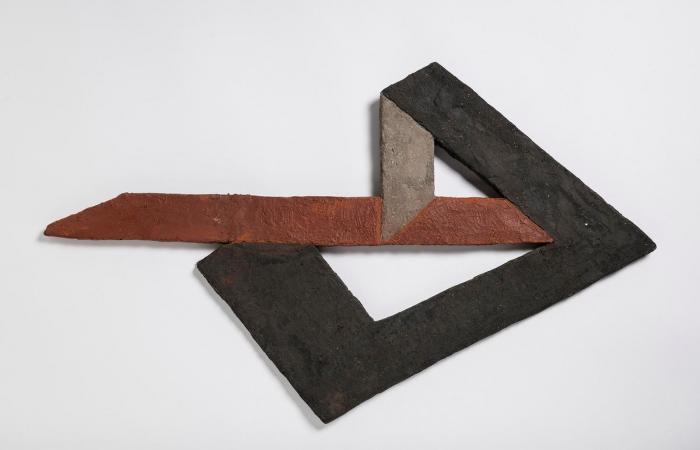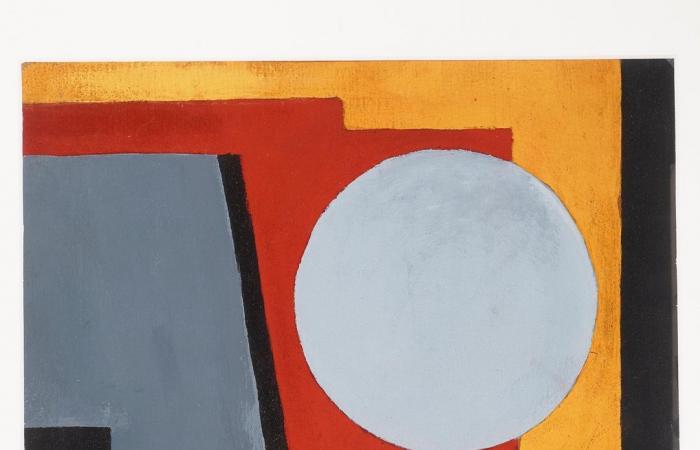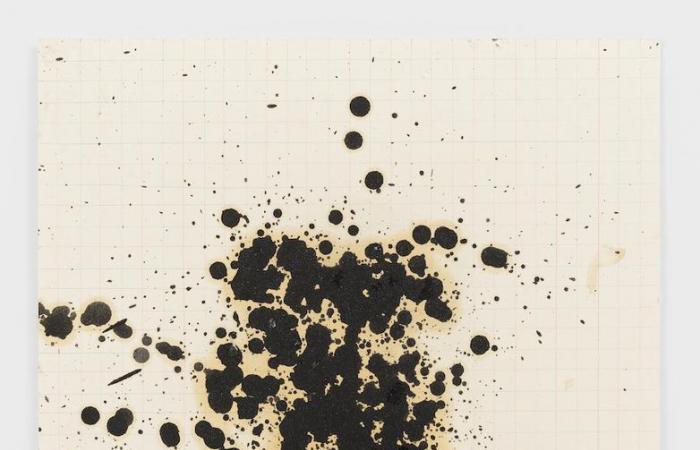– Lee Ufan Arles opens two conversations
The Art venue welcomes Pat Steir, American visual artist, and artists from the European avant-garde.
Published: 10.10.2024, 2:27 p.m.
Pat Steir, “Light on Water VI”, 1990, mixed media on handmade Indian paper.
PAT STEIR, COURTESY OF THE ARTIST AND HAUSER & WIRTH
Subscribe now and enjoy the audio playback feature.
BotTalk
The Vernon hotel created by Lee Ufan in 2022 gave birth to the Lee Ufan Arles space. In this temple which hosts works by the artist that are simply moving, two ephemeral exhibitions, closely linked to the inspirations and the world dear to Mister Lee, are in full swing. In fact, they are varnished the day after our visit to Arles. Already on the program, a brand new space: Atelier MA. The term refers to the interstice, to what separates in Korean philosophy. Let us recall here that Lee Ufan was born in Korea, but emigrated to Japan at a very young age. The artist is therefore very influenced by both cultures. L’Atelier MA is located just opposite the Venon hotel and is hosting until January 12 two bodies of works on paper by the great contemporary American visual artist, Pat Steir.
Between abstraction and representation
“Pat Steir: Light on Water” or how Steir pours oil paint and watercolor onto hand-made paper. The artist, wrongly little known in Europe and yet major in the USA, explores the conceptual dimension, but also the circular relationship between abstraction and representation. The series of six drawings responds to the famous “Waterfall” corpus begun in 1989 and in which she drops paint all over the canvas, thus abandoning it to its own process, that is to gravity and chance. The other series dates from 2005. These are works in oil and acrylic on paper. A single mark or spray applied intensely is to be seen. Pat Steir and Lee Ufan undoubtedly share the feeling that works of art have a soul, that matter must be able to live. They are composed of a space where the painted and unpainted parts interact in resonance. Another term dear to Mr. Lee. The two also share the pleasure of words. A central element in their work, like the trace and the point, but also nature, water in particular, omnipresent in Pat Steir and Lee Ufan. Water becomes a subject of research but also a means of creation.
On the upper floor of the mansion, “Shape-Space-Form-Faktura” is being varnished in parallel. This historic exhibition invites well-known and lesser-known avant-garde artists. Lee Ufan has always been strongly inspired by Kasimir Malevich. It is therefore quite naturally that Lee Ufan Arles chose to show essential works of the suprematist (1915-1925) and constructivist (1917-1930) movement.
Exploration of shapes and materials
It is the American exhibition curator Matthew Drutt who is responsible for the curation. This avant-garde specialist has managed to bring together around thirty major works, including very rare pieces. El Lissitzky, Gustav Klutsis, Henryk Berlewi and others have in common that they abandoned figuration by appealing to subjective abstract imagery. They thus transcend national identities and cultural specificities for the benefit of a universal visual language. This is expressed by a set of shapes such as the triangle or the circle, and the texture of materials such as wood or metal mixed with sand.
We talk about Faktura, or considering painting for its textural properties and not for its representations. The forms are therefore devoid of reference to appearances and subject to the laws of art and not of nature. We literally feel the material breathing even in lithographs. Malevich speaks of suprematism, this state of pure feelings initiated by the arrangement of minimal forms which overturn the idea of narrative imagery. “Art is a subject like any other. Artists are workers,” explains Matthew Dutt. Lee Ufan writes in “The Art of Resonance”, about Malevich: “His expression of “absolute painting”, which went beyond the concept of composition, is a revolutionary event. Malevich rewrote the history of painting…”
The exhibition, which is also on view until January 12, offers big history on a small scale. It shows not only that artists from other countries influenced the Russian avant-garde but that suprematist aspirations were also overcome. Industrial materials from photography and sculpture were used more rationally, giving rise to constructivism. Dutt further emphasizes the numerous writings, letters, Books and journals that circulated among the artists. This, before giving us the newspaper or rather the manifesto of the exhibition, precisely.

Peter Laszlo Peri, «Space Construction 18», 1922.
MUSEUM OF FINE ARTS, BUDAPEST, 2024

Lajos Kassák, «Pictorial Architecture II», after 1924.
MUSEUM OF FINE ARTS, BUDAPEST

Pat Steir, «Untitled», 2005-2016.
COURTESY OF THE ARTIST AND HAUSER & WIRTH
“The Tribune of Books”
The “Tribune de Genève” offers you shared readings, reviews, book news, reports and your favorites.
Other newsletters
Log in
Carole Kittner East journalist for the magazine Tribune des Arts since 2021. Specialist in contemporary art, watchmaking and jewelry, she worked for Edelweiss and worked in public relations in the world of luxury since 2001. More info
Did you find an error? Please report it to us.
0 comments

